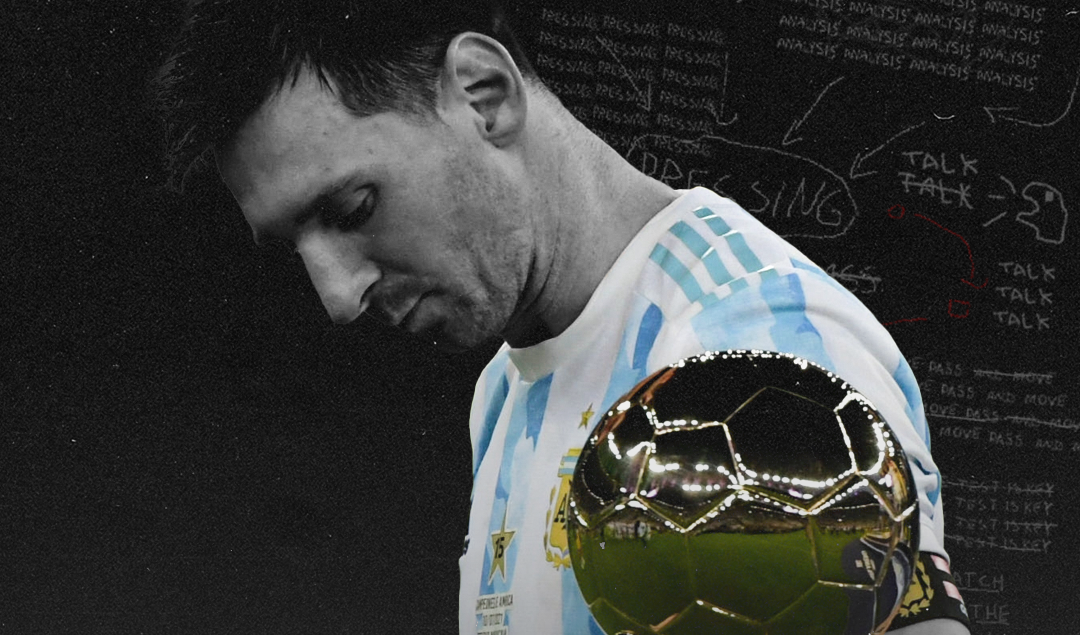Has the Perfect World Cup Format Been Abandoned for 2026?
The 2022 World Cup in Qatar marks the end of an era for the global soccer showcase. Not only is the event the first to be moved to the middle of the northern hemisphere winter, but it’s also the last to feature 32 teams. The appetite of the authorities to continue expanding the tournament is not a sentiment shared by many football fans who feel that the current structure represents the sweet spot of participation numbers.
How will a 48-team World Cup work?
When the current tournament ends, with Brazil the favourites to take the crown in the FIFA world cup betting, there will be just over three and a half years until the next one in the USA, Canada and Mexico begin and the qualification process still has not been established. Not only that, the final decision on how the 48 teams will be grouped at the tournament has yet to be made.
BREAKING: FIFA announce 2026 World Cup will be co-hosted by USA, Canada and Mexico pic.twitter.com/Pe7brovjNB
— B/R Football (@brfootball) June 13, 2018
The original plan to have 16 groups of three teams, with the top two progressing has been widely criticised. This is because having small groups increases the probability of competitively irrelevant games where both teams can progress and there is little to play for. This can spoil the spectacle for fans and devalue the tournament.
The perfect balance
Changes were made to minimise the risk of these situations following a game in 1982 where Germany and Austria played out the last minutes of a game knowing they were both through to the next round. But new proposals threaten to undermine that and to upset the balance that has existed since the move to a 32-team tournament in 1998.
The new format simplified the tournament with no third-place finishers sneaking through and no wild cards. Eight groups of four teams worked well and ensured sufficient global representation through the federal qualifying structure.
Inevitable growth – but at what cost?
But the desire to grow the game was inevitable. It has happened in continental competitions with the expansion to 24-team tournaments in Europe and Africa. At the club level, the UEFA Champions League added four teams to create a 36-team roster from 2024 and introduction of the third-tier Europa Conference League.
All this helps to boost revenue through sponsorship and TV rights. And it also opens the door for more countries to participate, generating greater interest in the game around the globe. But there is always a danger of too much football leading to diminishing marginal utility. This means that each extra piece of coverage leads to an ever-smaller increase in subjective value. To the point where the user experience becomes negative.
If it isn’t broken…
So, going forward, a balance will need to be maintained. By giving hope to member countries that have been investing in the game that a World Cup berth is a realistic goal while maintaining that feeling of exclusivity that makes the event so special.
Further analysis of the new system will be needed once the impact on regional qualification tournaments is finalized. Many of the current setups will need to be restructured so the knock-on effects are far-reaching. To conclude, it’s not just the 80-game World Cup Finals format that will be put to the test over the next three and a half years. But also, the journey to get there. The new format raises more questions than it answers including one crucial one: why fix something that is not broken?
